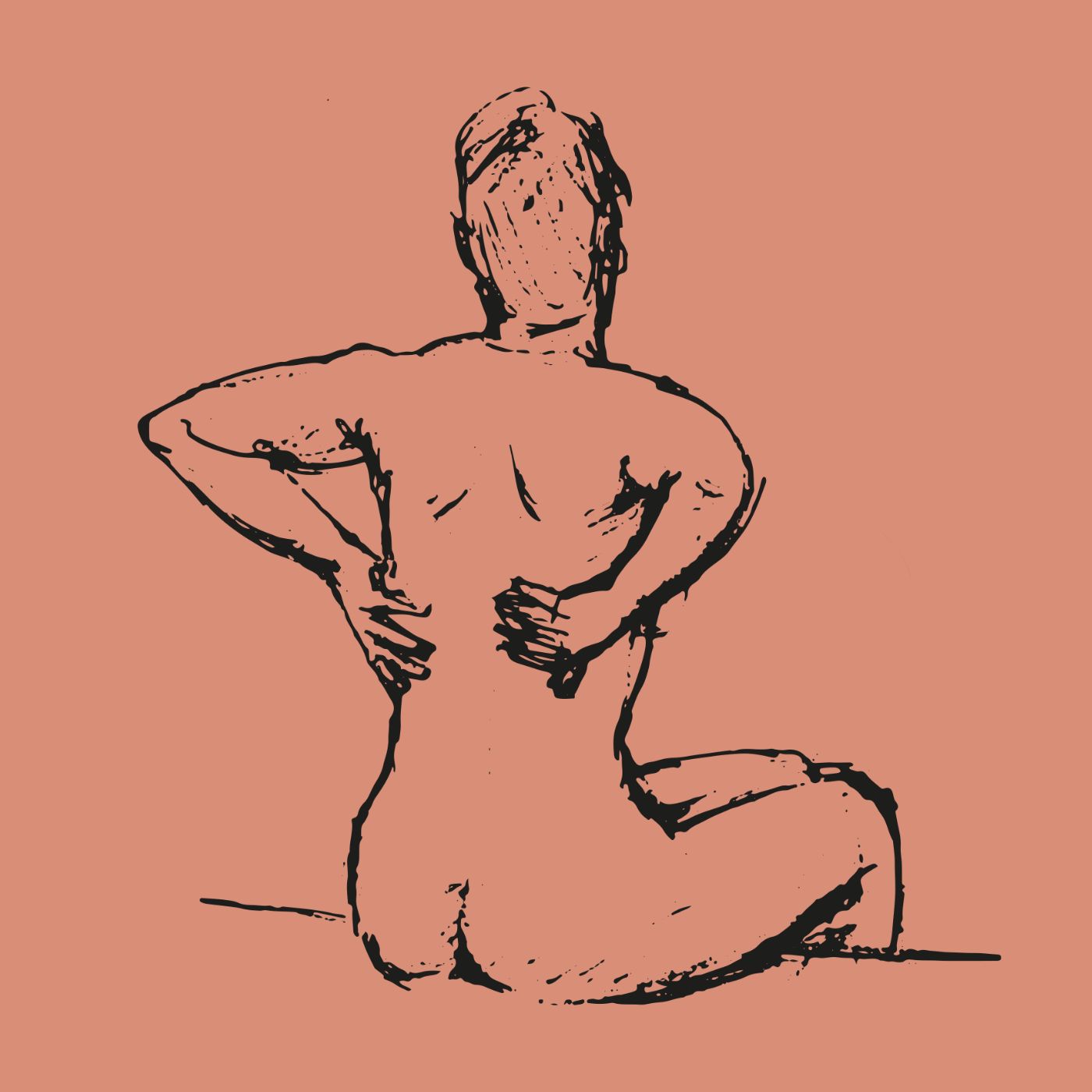Table of Contents
Table of Content
Sleep patches stick to your skin and help you sleep better. But you might wonder: Are sleep patches safe? In this article, we'll explain how sleep patches usually work.
We'll also explain how to use them, what's good about them, and if there's anything you need to be careful about.
What ingredients are in Sleep Patches?
There are two main types of Sleep Patches - those which contain the hormone melatonin (usually in synthetic form), and those that use natural, plant-based ingredients like valerian, CBD and passionflower to help induce better sleep.
While melatonin can be helpful at inducing sleep, it can have unpleasant side effects including morning grogginess and should not be used for extended periods. These side-effects are not typically found with plant-based formulations which are designed to calm the mind and body and provide a more restful sleep.
Are sleep patches safe?
Yes, sleep patches are safe to use. Patches are great for helping you to fall asleep at night.
Do Sleep Patches Work?
Yes, a sleep patch works as a very effective way to deliver sleep aids. It can help people with sleep disorders or irregular sleep patterns.
Why sleep patches work well to help you sleep:
- Direct absorption: Ingredients in a patch go straight into your skin, bypassing the stomach.
- Smooth delivery: This method allows ingredients to work more steadily over time.
- Faster onset: Active ingredients can help you fall asleep quicker than pills.
- Sustained release: The patch consistently delivers ingredients over several hours.
- Avoids spikes: Unlike pills, which may release a big dose simultaneously, patches distribute ingredients gradually throughout the night.
Patches provide a convenient and steady alternative for sleep aid delivery.
How Do Sleep Patches Work?
Sleep patches can be applied directly to the skin because they are transdermal patches with an adhesive backing. The patch helps you fall asleep by delivering nutrients to your body as you sleep. The patch enters your body through the dermis, or skin, after it is applied.
How they work
- The patch is placed on a skin area that is hairless, like the lower back or upper arm.
- Melatonin or CBD is gradually released into the bloodstream by the patch.
- The patch is worn overnight
Allowing you to have the best nights sleep you've had in a long time!
How Do You Use a Sleep Patch?

Using a sleep patch is easy and can be done in a few simple steps. Here’s how:
- Clean and Dry Your Skin: Before you stick on the patch, make sure the skin where you'll put it is clean and dry. Don't put on any creams or lotions there; the patch needs to stick directly to your skin to work correctly.
- Take Out the Patch: Next, take the patch out of its package. There's a layer on the back you'll need to peel off—this covers the sticky part that will touch your skin.
- Stick It On: Now, put the sticky side on your skin and press it down for about 10 seconds. Make sure it sticks well!
- Make Sure It’s On Right: Look at the edges of the patch to see if it's on all the way. If any part is lifting up, press it down. If the patch starts to bother your skin, though, take it off right away.
- Taking It Off: When it’s time to remove the patch, do it slowly and be gentle. Once it’s off, fold it in half with the sticky parts touching so it doesn't stick to anything else.
What Are The Side Effects?
Plant-based sleep patch formulations like those in KLORIS Sleep Patches use ingredients like CBD, CBG, passionflower, valerian and hops to boost levels of GABA in the brain and ease anxiety, making it easier to fall and stay asleep. A key benefit of these ingredients is that they do not commonly cause any side effects and don’t leave you feeling groggy in the morning.
Melatonin is another ingredient commonly found in sleep patches. It’s a very powerful hormone that is good at inducing sleep but commonly results in undesired side effects.
Common Side Effects of Melatonin patches
- Headaches: Some people might get headaches after taking melatonin.
- Nausea: Feeling queasy is another possible side effect.
- Daytime Sleepiness: Feeling sleepy during the day can happen if the melatonin makes you too relaxed.
- Tiredness: It's common to feel generally tired after taking melatonin.
Don't drive or run heavy machines for five hours after using melatonin because it can make you snoozy.
Skin Irritation from Sleep Patches
If you use a sleep patch, your skin might get a little itchy or red where the patch is. Some patches are made with materials that are easier on your skin (for example hypoallergenic adhesives), especially if you get rashes easily.
Special Cases: Talk with Your Doctor
Check with your doctor before using sleep patches, especially those containing melatonin if you have:
- Problems with bleeding
- Feeling really sad or other mental health concerns
- Seizures
- Blood pressure that's too high
- If you're breastfeeding
- If you've got a new organ from someone else
For women who are pregnant or want to have a baby, it's usually better to skip melatonin and CBd based patches, as it's not clear if it's safe for them.
Sleep Patches and Children
Source: DepositPhotos
Always talk with your child's doctor before you give them sleep patches. For example, with melatonin a little bit for a short while might be okay, but there's a chance it could affect how they grow.
Remember, sleep patches haven't been around for long, so doctors are still learning about what they do and if they're always safe. If you have questions or aren't sure about trying them, the best thing to do is ask your doctor.
3 Benefits of Sleep Patches

Here are three reasons you might want to try melatonin transdermal patches:
1. Slower Release
A big plus of using a sleep patch is that it gives your body the active ingredients over time. This is different from taking a pill that releases all at once. With a patch, you get a small amount of melatonin all night long, which can help you get better sleep without waking up a lot.
2. Easier to Use
A transdermal patch is easy to use. You just stick one on your skin—like a sticker—and you're good to go. There's no need to remember to take a pill before bed or to bring a bottle of melatonin supplements or pills if you're travelling.
Plus, you don't have to deal with swallowing pills, which can be hard for some people.
3. May Be More Discreet
Some folks might feel a bit shy about taking sleep aids. Sleep patches can be more suitable because you can wear them without anyone knowing.
They're hidden under your clothes, so it's a private way to help you sleep better. And because they're so small, it's easy to take them with you wherever you go.
Find the Best Melatonin Sleep Patch Alternative
KLORIS Sleep Patches are here to whisk you away to a night of tranquil sleep. With our all-natural melatonin-free formula, you can say goodbye to tossing and turning and hello to waking up feeling refreshed and ready to take on the day. Plus, our patches are melatonin-free, so you won't have to worry about any of the side effects associated with it.
Our sleep patches provide a slow release of natural extracts designed to help you find peace and restfulness throughout the night. They're super easy to use—stick one on your skin about 30 minutes before bed and let the magic happen.
Don't let another sleepless night pass you by. Improve your sleep-wake cycle with KLORIS Sleep Patches —— your new nighttime companion.





